Description
ALDH4A1 Antibody | 30-100 | Gentaur UK, US & Europe Distribution
Host: Rabbit
Reactivity: Human, Mouse, Dog, Zebrafish
Homology: N/A
Immunogen: Antibody produced in rabbits immunized with a synthetic peptide corresponding a region of human ALDH4A1.
Research Area: Other
Tested Application: WB, IHC
Application: ALDH4A1 antibody can be used for detection of ALDH4A1 by western blot at 1.25 μg/mL, and HRP conjugated secondary antibody should be diluted 1:50, 000 - 100, 000.
Specificiy: N/A
Positive Control 1: Cat. No. XBL-10409 - Fetal Liver Tissue Lysate
Positive Control 2: N/A
Positive Control 3: N/A
Positive Control 4: N/A
Positive Control 5: N/A
Positive Control 6: N/A
Molecular Weight: 62 kDa, 62 kDa
Validation: N/A
Isoform: N/A
Purification: Antibody is purified by protein A chromatography method.
Clonality: Polyclonal
Clone: N/A
Isotype: N/A
Conjugate: Unconjugated
Physical State: Liquid
Buffer: Purified antibody supplied in 1x PBS buffer with 0.09% (w/v) sodium azide and 2% sucrose.
Concentration: batch dependent
Storage Condition: For short periods of storage (days) store at 4˚C. For longer periods of storage, store ALDH4A1 antibody at -20˚C. As with any antibody avoid repeat freeze-thaw cycles.
Alternate Name: ALDH4A1, ALDH4, P5CD, P5CDh, P5CDhL, P5CDhS
User Note: Optimal dilutions for each application to be determined by the researcher.
BACKGROUND: ALDH4A1 belongs to the aldehyde dehydrogenase family of proteins. This enzyme is a mitochondrial matrix NAD-dependent dehydrogenase which catalyzes the second step of the proline degradation pathway, converting pyrroline-5-carboxylate to glutamate. Deficiency of this enzyme is associated with type II hyperprolinemia, an autosomal recessive disorder characterized by accumulation of delta-1-pyrroline-5-carboxylate (P5C) and proline.This protein belongs to the aldehyde dehydrogenase family of proteins. This enzyme is a mitochondrial matrix NAD-dependent dehydrogenase which catalyzes the second step of the proline degradation pathway, converting pyrroline-5-carboxylate to glutamate. Deficiency of this enzyme is associated with type II hyperprolinemia, an autosomal recessive disorder characterized by accumulation of delta-1-pyrroline-5-carboxylate (P5C) and proline. Two transcript variants encoding the same protein have been identified for this gene.



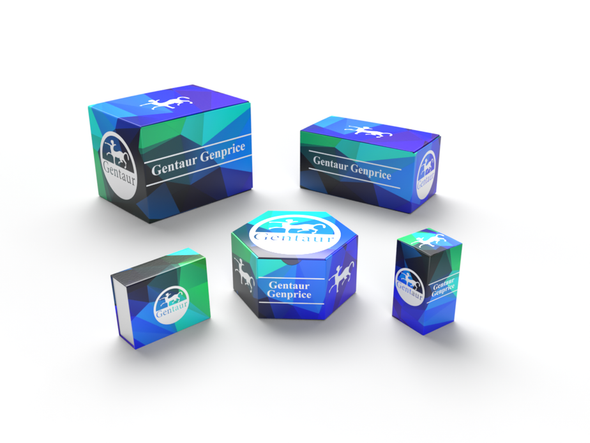
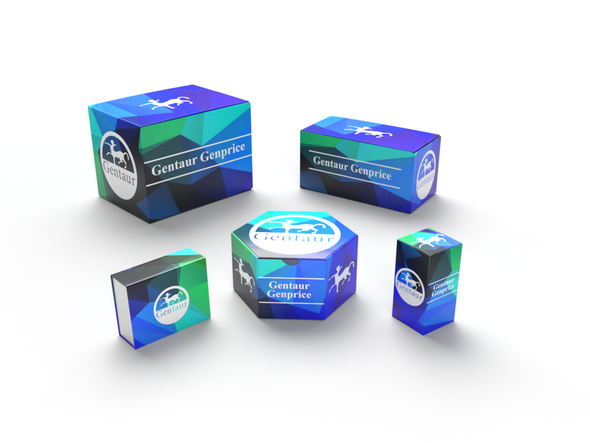
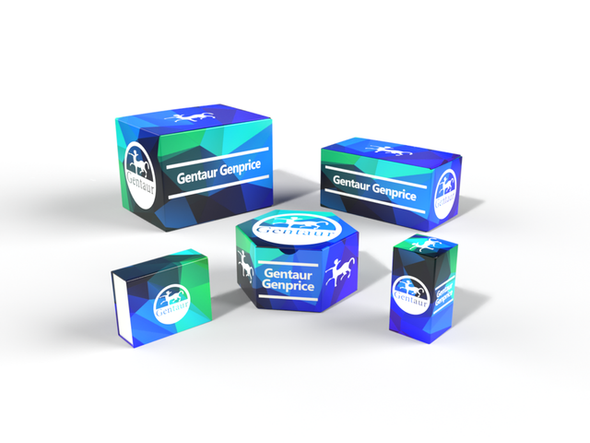

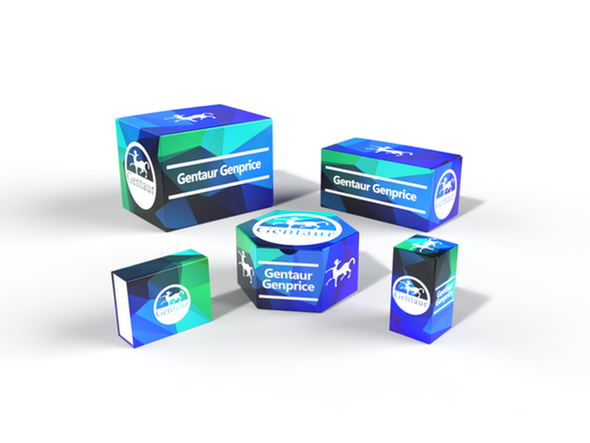
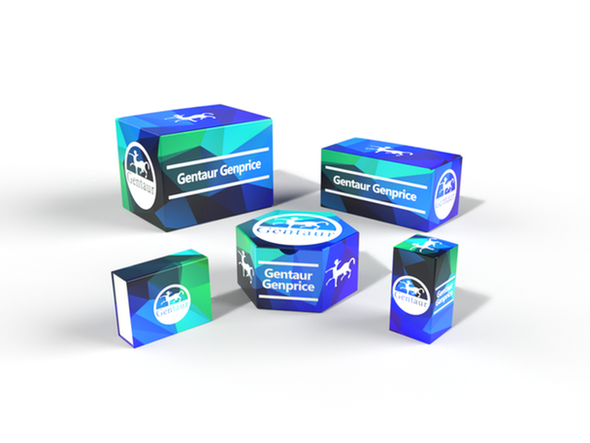

![ALDH4A1 Antibody (Center) [APG01766G] ALDH4A1 Antibody (Center) [APG01766G]](https://cdn11.bigcommerce.com/s-1rdwiq712m/images/stencil/590x590/products/59278/59582/gentaur-genprice__26005.1661610467__29809.1661628092__75433.1661676199__77988.1661684280__64362.1661692443__46564.1661856083.png?c=1)